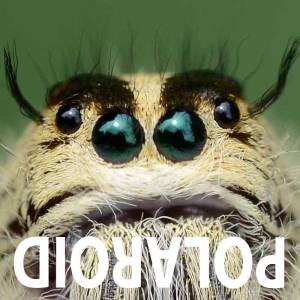Final approach
Pantala flavescens
I decided to have a go at dragons in flight, more of a test session really, to see what is possible and to formulate a plan. My thinking was that the best chance of a shot is just before the dragon lands. I have tried shooting dragons as they fly by, but that is close to impossible, unless you are lucky enough to find one hovering close by.
My observations so far are: that if the perch is solid then the dragon will hunt and return to the same spot. If the perch is flimsy like a grass stalk, the chances are that the dragon will seek out a more solid perch rather than return.
The dragon nearly always approaches the perch in a straight line rather than coming in sideways. This is good for photography as you can setup the depth of field (DOF) to cover the approach, this also means that the whole length of the dragon will be in the DOF.
I remember that the dragon wings move at 40 beats per second, so 1/100th of a beat would require a shutter speed of 1/4000th second. On approach, the dragon's wings are not moving full stroke, so 1/100th of a beat should be reasonably defined if not sharp. The only way to get the wing pin sharp is to catch it at the end of the stroke as the wing changes direction, but this will have to be left to chance.
I found an orange dragon on a solid perch, in good light with the sun behind me. Even so, at F8 and ISO 2000, this only gave me 1/2500th second, but should be enough to get the body sharp. A full frame image can stand higher ISO numbers, but the problem is that you have to be far enough away to catch the approach, which means cropping and fuzzy grain.
When hunting, the dragon spots the insect flying by, leaps into the air, snatches the insect and returns to the perch, all in a second or two at most. So once the dragon leaps into the air, you soon learn to judge when to hit the button. At six frames per second, you rarely need more than six frames to catch the shot.
My biggest problem, once seated comfortably in the dirt, was holding 3Kg of camera and lens to my eye for upto ten minutes, waiting for the dragon to make a move.
Even with all this planning, I only got one decent image out of about eighty. But, one good shot is all we want right! I did take the precaution of collecting backup shots, just in case.
Having established the plan, the next attempt will be with a tripod and an electronic remote shutter release, comfortable stool and a flask of coffee! Seated some distance away, I will be able to see the dragon returning more clearly and be more discerning with the shutter release. The orange dragon could cope with a couple of clicks of negative EV, which is what I usually do, but not today, this will give me more speed or lower ISO.
Hope you like my first attempt, more to follow.
Dave
- 25
- 2
- Nikon D7000
- f/8.0
- 105mm
- 2000

Comments
Sign in or get an account to comment.


